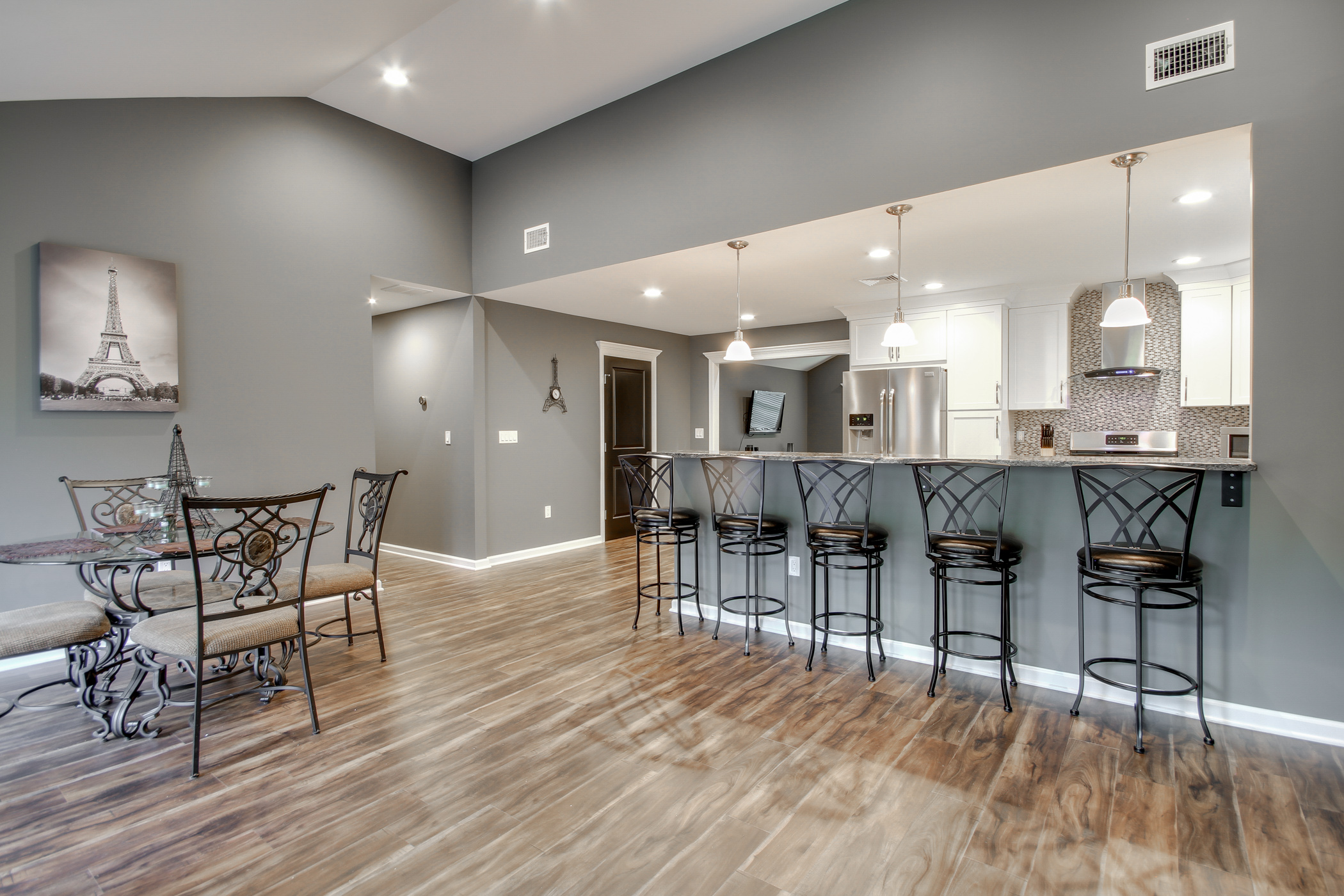What cost the most in a kitchen remodel?

The cost of a kitchen rework can differ widely based mostly on factors such as the scope of work, the extent of customization, the standard of materials, geographic location, and the particular choices made during the remodeling course of. Several components within a kitchen transform tend to contribute considerably to the overall value. While the price distribution can range, here are a number of the aspects that usually cost probably the most in a kitchen rework:
Cabinetry: Custom cabinets or high-quality pre-fabricated cabinets is often a substantial portion of the budget. Go here of wooden, end, design complexity, and the number of cabinets all influence the price.
Appliances: Premium kitchen home equipment, together with ranges, ovens, fridges, and dishwashers, can add up quickly. High-end manufacturers and professional-grade home equipment are usually dearer.
Countertops: The materials chosen for countertops, such as granite, quartz, marble, or strong floor, can significantly impression prices. Premium materials and larger countertop areas will contribute to a better expense.
Kitchen remodeling services and Installation: Skilled labor for demolition, construction, plumbing, electrical work, and set up of assorted elements is a substantial portion of the finances. Custom work, similar to constructing structural parts or intricate tile patterns, can improve labor prices.

Flooring: Depending on the fabric chosen (e.g., hardwood, tile, luxury vinyl), the scale of the kitchen, and the complexity of the installation, flooring costs can add up.
Plumbing and Electrical Work: Updating plumbing and electrical techniques to accommodate new fixtures, appliances, and format adjustments can involve vital prices due to labor and supplies.
Fixtures and Finishes: High-quality faucets, sinks, lighting fixtures, and hardware contribute to the overall cost. Specialty finishes, like brushed nickel or oil-rubbed bronze, can even impact bills.
Architectural Changes: If the transform includes structural modifications like moving walls, including windows, or changing the ceiling peak, these modifications can increase prices due to the complexity of the work.
Design and Planning: Working with professional designers and designers to create detailed plans and layouts for the remodel incurs design charges.
Permits and Fees: Obtaining necessary permits and adhering to local building codes can add to the cost. Some municipalities charge charges primarily based on the scope of the challenge.
Customization and Special Features: Unique features like built-in wine racks, high-end exhaust methods, customized storage solutions, or ornamental tile patterns can add prices.
Backsplashes: The cost of supplies and set up for backsplashes, especially if using premium tiles, can impact the price range.
Ventilation and HVAC: Upgrading air flow systems or HVAC models to ensure correct airflow and luxury can contribute to costs.
Project Management and Contingency: Including venture management fees and setting apart a contingency finances to account for unexpected points is advisable to ensure a smooth challenge.
It's important to note that the distribution of prices can differ primarily based on particular person preferences and venture specifics. To effectively handle the price range for a kitchen transform, it's beneficial to work closely with professionals, such as designers and contractors, who can provide correct estimates and help prioritize spending based on your objectives and needs..
